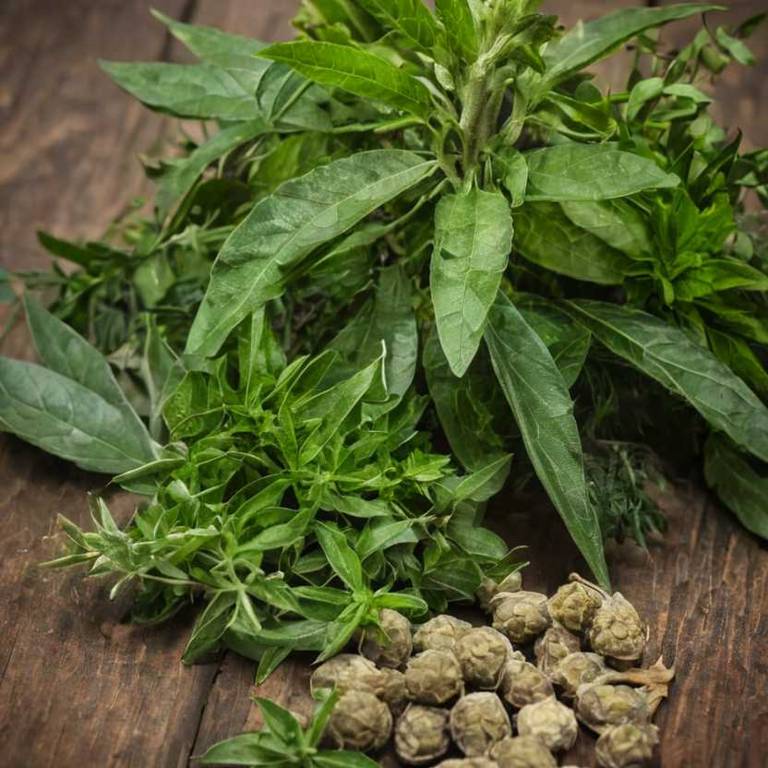Annona Squamosa: What To Know Before Using It For Medicinal Purposes

Annona squamosa, commonly known as the custard apple, has been traditionally used in medicinal practices for its various health benefits.
The fruit is rich in antioxidants, vitamins, and minerals, which contribute to its anti-inflammatory and antimicrobial properties. In folk medicine, it has been used to treat ailments such as digestive issues, respiratory infections, and skin conditions. Recent scientific studies have also shown potential in its ability to combat oxidative stress and support immune function.
Due to its nutritional profile and bioactive compounds, Annona squamosa is increasingly being explored for its therapeutic applications in modern medicine.
Health Benefits
Annona squamosa has several health benefits, such as its high nutritional value and rich content of vitamins and minerals.
It is known to support digestive health due to its high fiber content and mild laxative properties. The fruit also contains antioxidants that help combat oxidative stress and reduce the risk of chronic diseases. Additionally, it has been studied for its potential anti-inflammatory and antimicrobial properties.
Overall, Annona squamosa can contribute to a balanced diet and promote overall well-being.
10 Best Health Beneift of Annona squamosa
Bioactive Constituents
Annona squamosa has several bioactive constituents, such as acetogenins, alkaloids, and flavonoids, which contribute to its medicinal properties.
Acetogenins are particularly notable for their potent antitumor and antiparasitic activities, making them valuable in cancer and parasitic disease research. Alkaloids found in the fruit, such as annonaine and tropinone, exhibit antimicrobial and antispasmodic effects, supporting its traditional use in treating infections and gastrointestinal disorders. Flavonoids contribute to the antioxidant and anti-inflammatory properties of the plant, aiding in the management of chronic diseases.
These bioactive compounds collectively highlight the potential of Annona squamosa as a source of natural therapeutic agents.
Medicinal Preparations
Annona squamosa has several medicinal preparations, such as teas, tinctures, and extracts, that are traditionally used for their therapeutic properties.
The leaves and fruits of the tree are commonly processed into teas, which are believed to aid in digestion and reduce inflammation. Tinctures made from the bark or seeds are often used to treat skin conditions and parasitic infections. Extracts from the fruit, particularly the seeds, contain compounds like acetogenins, which have shown potential in fighting cancer cells.
These preparations are widely utilized in traditional medicine across various cultures, highlighting the plant's diverse pharmacological applications.
Side Effects
Annona squamosa can have some side effects, such as gastrointestinal disturbances like nausea, vomiting, and diarrhea, especially when consumed in large quantities.
Some individuals may experience allergic reactions, including skin rashes or itching, due to the presence of certain compounds in the fruit. In excessive amounts, the fruit may lead to liver toxicity, as some studies suggest it contains potentially harmful alkaloids. It is also reported that high consumption might cause stomach cramps or digestive discomfort in sensitive individuals.
Therefore, it is advisable to consume Annona squamosa in moderation and consult a healthcare professional if any adverse effects occur.